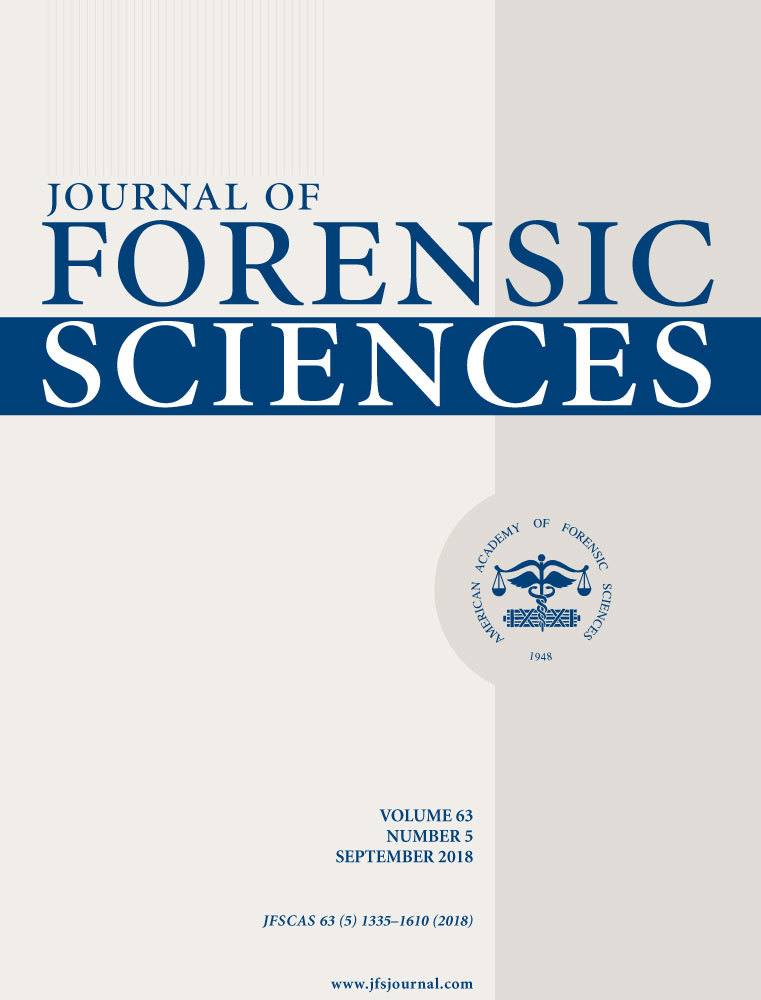Citrate Content of Bone as a Measure of Postmortem Interval: An External Validation Study†
Disclaimer: The NIJ was the sole provider of research funding for this project.
Abstract
The postmortem interval (PMI) of skeletal remains is a crucial piece of information that can help establish the time dimension in criminal cases. Unfortunately, the accurate and reliable determination of PMI from bone continues to evade forensic investigators despite concerted efforts over the past decades to develop suitable qualitative and quantitative methods. A relatively new PMI method based on the analysis of citrate content of bone was developed by Schwarcz et al. The main objective of our research was to determine whether this work could be externally validated. Thirty-one bone samples were obtained from the Forensic Anthropology Center, University of Tennessee, Knoxville, and the Onondaga County Medical Examiner's Office. Results from analyzing samples with PMI greater than 2 years suggest that the hypothetical relationship between the citrate content of bone and PMI is much weaker than reported. It was also observed that the average absolute error between the PMI value estimated using the equation proposed by Schwarcz et al. and the actual (“true”) PMI of the sample was negative indicating an underestimation in PMI. These findings are identical to those reported by Kanz et al. Despite these results this method may still serve as a technique to sort ancient from more recent skeletal cases, after further, similar validation studies have been conducted.




